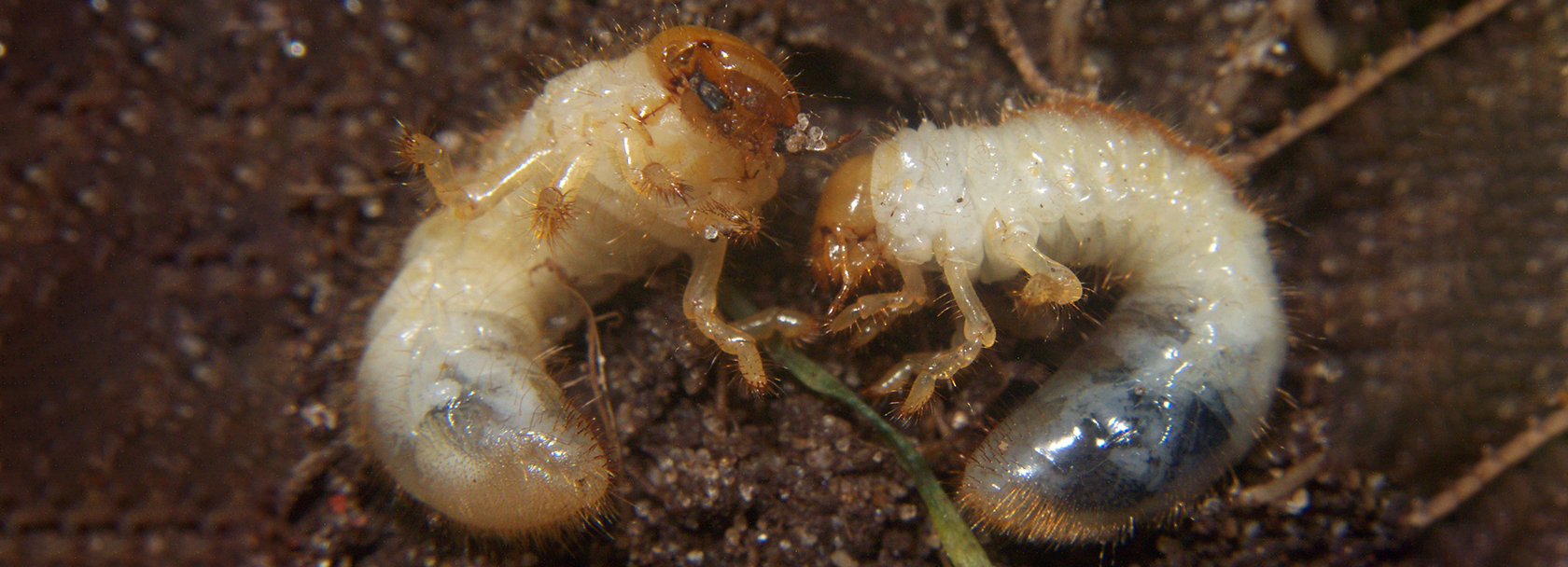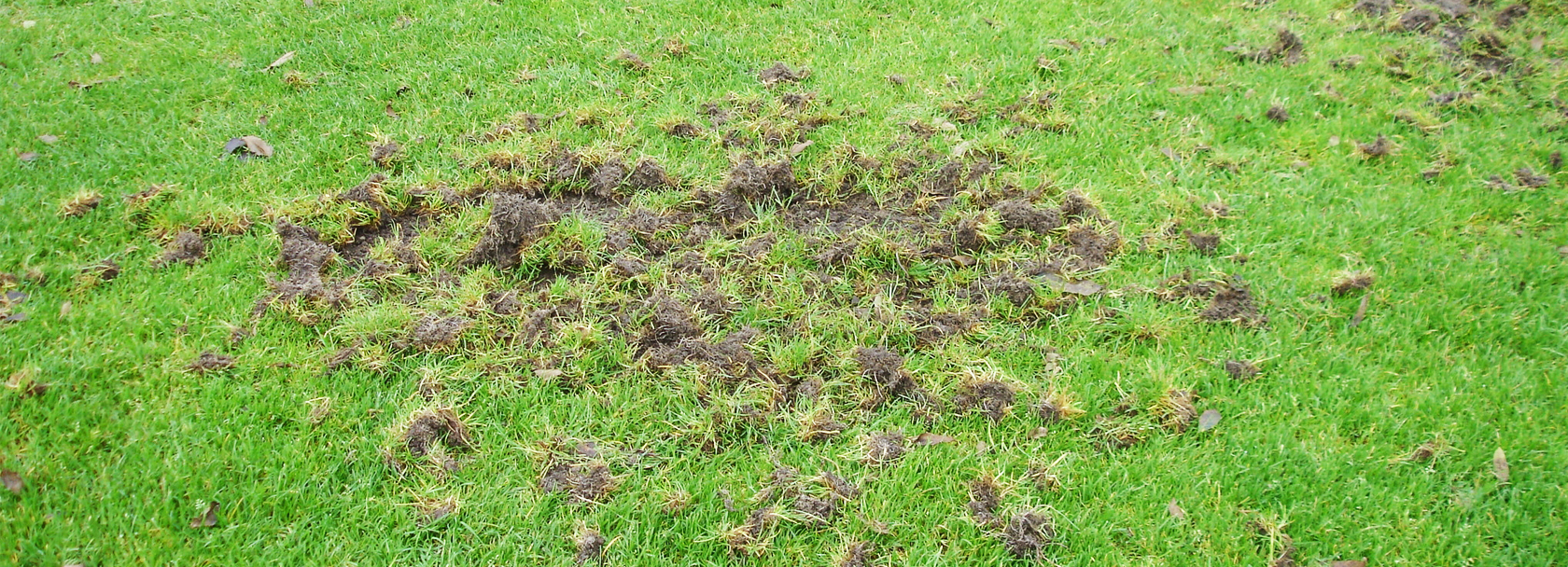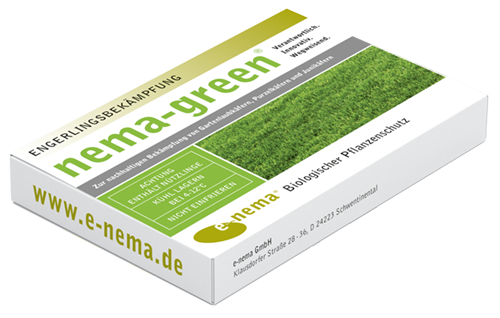Welsh Chafer
Control welsh chafer biologically
Hoplia philanthus
The welsh chafer is a pest of lawns. It belongs to the family of leaf horn beetles (lat. Scarabaeidae). It is an 8-9 mm large, brownish flying beetle. The flight season is early June, it often swarms in the morning. The larvae of the welsh chafer are called grubs. They can be easily distinguished from other grubs by the bristles on their backs.

Life cycle of the welsh chafer
The beetle takes several years to develop. The female welsh chafer lays her eggs in the soil under the lawn in June/July.
- First year: the 1st larval stage hatches July/August and sheds its skin to become the 2nd larval stage, which stays below the frost line to overwinter.
- Second year: Starting in June, the 3rd larval stage comes up to feed on roots and migrates back below the frost line to overwinter.
- Third year: In spring the 3rd larval stage pupates, and in June the beetles hatch.
Damage caused by welsh chafer grubs
Welsh chafer grubs are creamy white with a brown head capsule. They grow to about 2 inches long and bear bristles on their backs and the end of their abdomens.
Direct damage is caused by the larval stage L2 and L3 grubs, which feed underground on grass roots, interfering with water and nutrient uptake by plants. Indirect damage is caused by birds and other animals (e.g. wild boars, badgers) that destroy the turf by pecking and burrowing in search of the tasty grubs.
Typical damage caused by grubs are brown spots in the turf, the turf is easily peeled off, masses of grubs appear. In places the turf is dry. The turf is destroyed by birds and other animals in nests. Infested are house lawns, public green areas, sports and golf lawns.

Control welsh chafer grubs with nematodes.
Nematodes are natural enemies of the welsh chafer. The nematode species Heterorhabditis bacteriophora specializes in, among other things, welsh chafer grubs and can use them for its own feeding and reproduction. The nematodes are supplied alive in a powder. For application, they should be mixed with water exactly according to package directions and applied to the affected areas.
The larval stages L2 and L3 of the welsh chafer are attacked by nematodes of the product nema-green®, but it is rarely possible to kill more than 70% of the grubs. Therefore, two treatments - one in April and one in September - are usually necessary.
